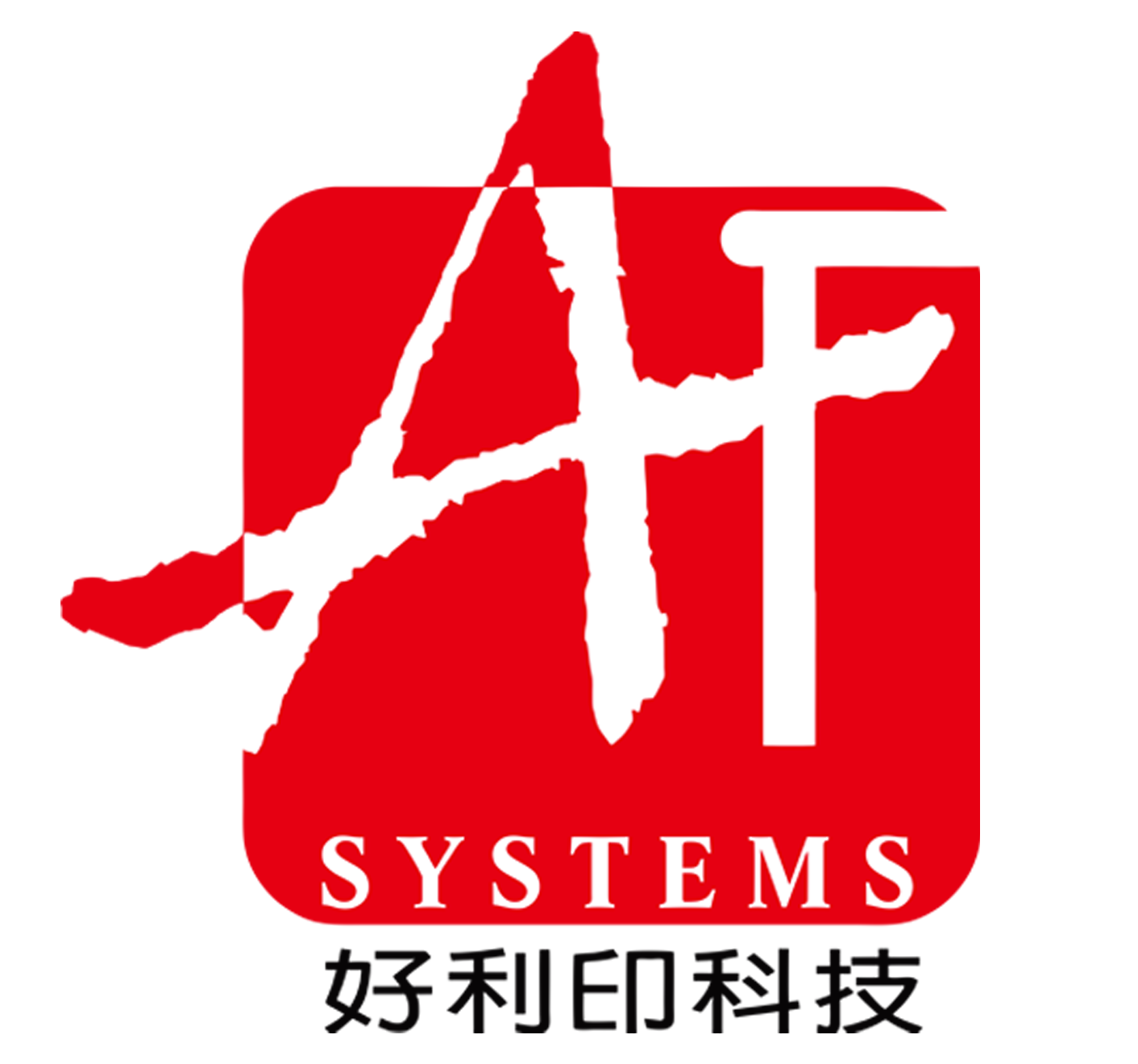
Stitching machine|Essential in printing process|AFSystem
Different kinds of stitching machines serve their own purpose. Introduced latest saddle stitching machine to better cooperate with your printing works.
Stitching Machine: Revolutionizing Printing Processes
In the modern printing industry, the stitching machine is an indispensable important tool. By stitching together the pages of printed materials, it ensures the integrity of books, magazines and booklets. AFSystem has recently launched the latest saddle stitching machine, aiming to better coordinate with your printing operations and provide more efficient and accurate stitching effects.
The Basic Concept of Stitching Machines
A stitching machine is a mechanical device specially used for stitching printed materials. Its function is not only to fix the pages of printed materials together, but also to ensure the quality of the final products. The basic concept of this machine includes parts like the stitching head, paper feeding mechanism, stitching area and paper output mechanism. Through the synergistic effect of these components, fast and accurate stitching of printed materials can be achieved.
The History and Development of Stitching Machines
The history of stitching machines can date back to the era of manual stitching. With technological advances, automatic stitching machines emerged and thoroughly changed the way the printing industry produced. Manual operation was limited in efficiency and speed, while automatic stitching machines greatly improved stitching efficiency, enabling faster and larger-scale production of printed matters.
Types and Functions of Stitching Machines
There are various types of stitching machines on the modern market, including saddle stitchers, side stitchers, etc. Each machine has its specific application scenarios. Saddle stitchers are suitable for stitching books and magazines, while side stitchers are often used for stitching small booklets and other printed materials. The functions of these machines are not limited to stitching but also ensuring evenness and texture quality of the printed items.
Operating Principles of Stitching Machines
The operating principles of stitching machines are based on precision mechanical engineering and automation technology. Through precise motion control, the stitching head threads the wire through the pages of the printed material to complete fast and accurate stitching. These operating principles ensure stitching consistency while improving production efficiency.
Technical Parameters of Stitching Machines
The performance of a stitching machine depends on many technical parameters, including stitching speed, stitching thickness and wire types. The stitching speed is directly related to production efficiency. The stitching thickness affects the application scope of the machine. The choice of wire is related to the quality and durability of printed items.
Maintenance and Care of Stitching Machines
Daily maintenance and care of stitching machines are crucial, as regular cleaning, lubrication and component inspections can ensure smooth operation and prolong the service life of the machines. These maintenance measures also help prevent machine failure and ensure consistent printing production.
Safe Operation of Stitching Machines
When using stitching machines, operational safety is paramount. Users need to strictly follow safety protocols, ensuring personal and mechanical safety. Preventive measures include proper utilization of mechanical switches, wearing personal protective equipment, etc., helping minimize accidents.
Efficiency and Productivity of Stitching Machines
Improving efficiency and productivity of stitching machines is an important goal in the printing industry. By adopting advanced automation technology and optimizing production processes, faster and more precise stitching can be achieved, thereby enhancing overall production efficiency.
Applications of Stitching Machines on Different Products
Stitching machines are widely used in the production of various printed materials like books, magazines, brochures, etc. For books and magazines, saddle stitchers ensure robust connections between pages, making them more durable. For thinner printed items like brochures, side stitchers provide a neat and effective stitching solution.
Market Trends of Stitching Machines
With the continuous development of the printing industry, the stitching machine market has also shown new trends. The demand for more efficient and smarter stitching machines keeps rising. Meanwhile, the market also asks for more multifunctional and adaptable machines. It is predicted that stitching machines will better satisfy the diverse needs of the printing industry in the future.
Integration of Stitching Machines with Digital Technology
With the advancement of digital technology, stitching machines are also constantly evolving. The introduction of digital technology enables automation and intelligence of stitching machines. By combining with digital technology, stitching machines can more flexibly respond to the production needs of different printed materials, achieving more efficient and flexible production models.
Stitching Machines and Environmental Sustainability
While pursuing efficient production, environmental sustainability has also become an important consideration in the design and application of stitching machines. Using eco-friendly materials, reducing energy consumption, and achieving zero-waste production will be one of the future development trends of stitching machines. Through technological innovation and eco-friendly practices, stitching machines will be better integrated into the wave of green printing.
In summary, the significance of stitching machines lies in their critical role in printing quality. From historical development to constant innovation, stitching machines have always been an indispensable part of the printing industry. AFSystem is leading innovations in this field. Their latest saddle stitching machine perfectly combines traditional technologies with digitalization, setting an example for such integration. With changes in market demands and advancement of technologies, stitching machines will continue to play a pivotal role in moving the printing industry forward.